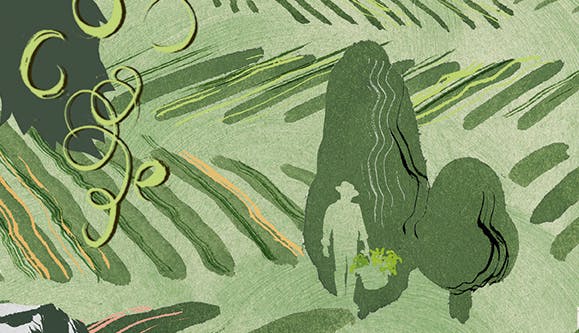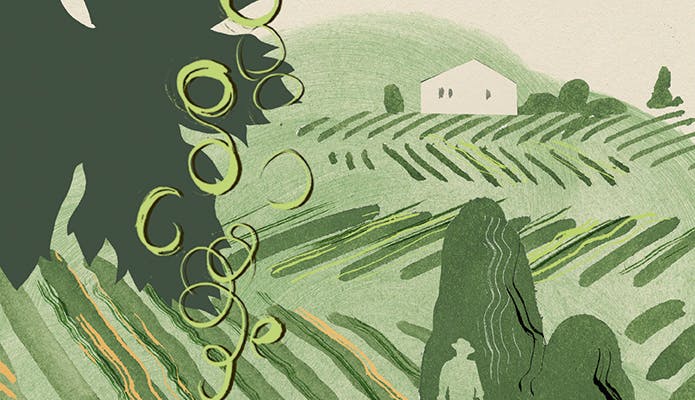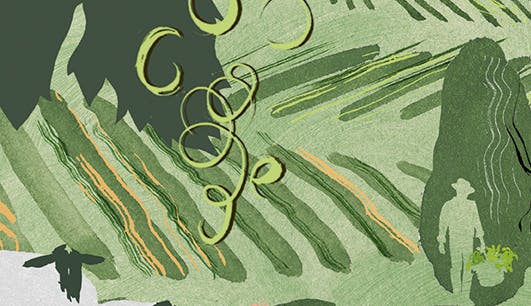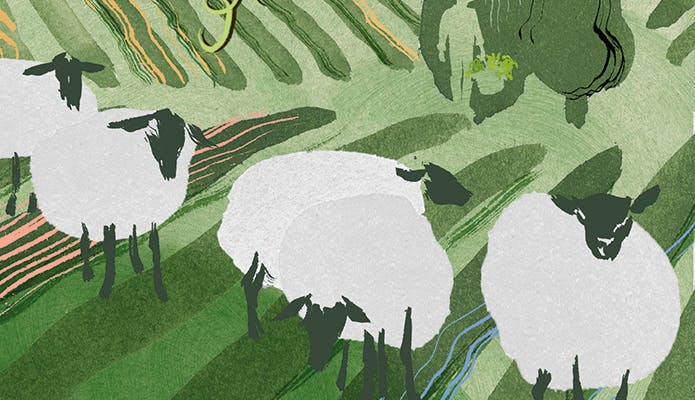
GUARANTEEING RESPONSIBLE AND TRANSPARENT VALUE CHAINS
Supply chain traceability is essential to guarantee responsible practices all throughout the product life cycle. Drawing on its certification policy initially developed in 2016, the Group is honing its upstream traceability processes for the most complex supply chains by cooperating more closely with suppliers and market players. It promotes enhanced traceability within strategic supply chains and collaborates with its peers to establish industry-wide standards.
COLLABORATING TO ACHIEVE FULL SUPPLY CHAIN TRACEABILITY
By 2030, LVMH aims to have developed complete traceability for 100% of its strategic supply chains, from raw materials to finished products. To date, the origin is already known for 98% of leather, 99% of exotic leather and 99.4% of diamonds. The Group has identified over 20 key raw materials, including grapes, leather, cotton, gold, and diamonds, and has put in place certification processes that align with the most stringent industry standards. Through Parfums Christian Dior, the Group is involved in the TRASCE consortium, which strives to improve the traceability of key components used in the cosmetics industry, working with its peers to develop a shared platform to better assess environmental risks and share progress plans.
PROVIDING INFORMATION ABOUT PRODUCT'S ENVIRONMENTAL PERFORMANCE
To respond to the growing expectations for transparency, LVMH develops robust traceability tools as well as environmental information systems for customers.
On the one hand, a range of technological solutions are put in place to ensure the traceability of raw materials, such as blockchain. The Digital Product Passport (DPP) is gradually being rolled out to guarantee reliable, verifiable and standardized environmental information for each product.
On the other hand, the Maisons enrich their approach to environmental labelling. By 2024, over 31,000 products already offered data available via a QR code, enabling customers to access information regarding the environmental footprint of products.
LVMH plays an active role in drafting industry-wide methods of informing customers about a product’s environmental footprint, in particular within the EcoBeautyScore consortium for cosmetics products.
GUARANTEEING TOTAL PRODUCT SAFETY
The Group and its Maisons believe it is essential to rigorously manage harmful substances, all throughout the product life cycle. LVMH has drawn up a strict protocol founded on the principles of avoiding, monitoring and reducing. LVMH’s Fashion & Leather Goods division joined the ZDHC ecosystem in 2020, which binds them to pursue ambitious targets for 2026, especially relating to managing the quality of wastewater discharged during leather tanning operations, a stage of production that requires the use of chemical inputs. In Wines & Spirits, it is the use of chemical inputs that is targeted. As such, Moët Hennessy reduces the use of pesticides across its vineyards, with the target to completely eliminate herbicides, which has already been achieved by the vineyards in Champagne and Cognac. This shift goes hand in hand with the gradual move toward organic farming and more responsible agricultural practices that contribute to limiting the use of inputs and preserving local ecosystems. In Perfumes & Cosmetics, the Maisons strive to guarantee total safety of the products they market and their formulation policies limit the use of controversial substances. They also bolster transparency in ingredients lists, responding to consumers’ increasing expectations with respect to composition and traceability.
GUARANTEEING RESPONSIBLE AND TRANSPARENT VALUE CHAINS




